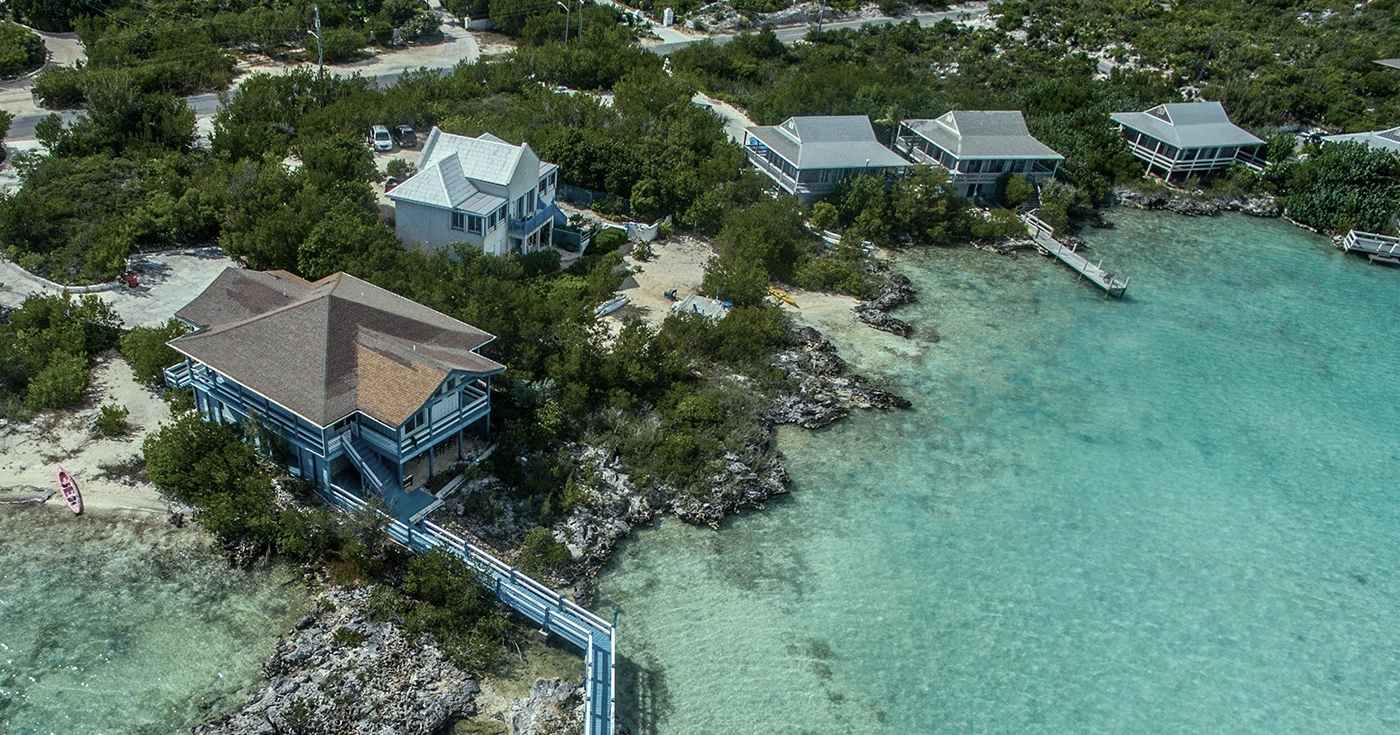
The profitability of investing in coastal areas
The coastal real estate market in Spain has historically been one of the most attractive for both national and international investors. With its miles of beaches, a privileged climate, and constant tourist demand, properties on the Spanish coast offer a unique combination of personal enjoyment and potential profitability. In this article, we explain the profitability of investing in coastal areas.
Spain’s coastal regions, especially in areas like the Costa del Sol, Costa Blanca, and Costa Brava, have seen a steady increase in property demand. This interest comes not only from Spaniards but also from foreigners, particularly from northern European countries, drawn by the sun and relaxed lifestyle. This sustained demand has been one of the key factors driving prices and maintaining the profitability of real estate investments in these areas.
Over the past decade, despite fluctuations in the global real estate market, properties on the Spanish coast have proven to be relatively resilient. Housing prices in many coastal areas have followed an upward trend, especially in areas with well-developed infrastructure and limited availability of new constructions.
According to Tecnitasa, rental prices for coastal apartments have increased by 10% this year, and are 40% higher than in 2020. Cantabria, Las Palmas, and Santa Cruz de Tenerife are the provinces with the highest increases. Meanwhile, appraiser Tinsa reports that home prices on the islands and the coast are at 2008 levels. While the average increase in the first quarter was 3.3%, in coastal municipalities, the rise was 5.7% year-on-year.
Urbanitae’s experience
Moreover, when we add the luxury dimension, the appeal multiplies. High-end properties stand out for their immunity to crises. These are properties whose buyers rarely rely on bank financing, eliminating the uncertainty associated with interest rates.
At Urbanitae, we have financed over 70 real estate projects in coastal areas, nearly 45% of the total. Of these, we have already returned the investment in 14. Focusing on residential projects (13), the average total return achieved by the nearly 4,300 investors who participated has been 25.8%, compared to an average forecast of 24%. The average IRR in these projects has been 12.6%.
Two of these, in El Puerto de Santa María, had extremely positive results, with returns of 47.6% and 58%, respectively: Pinares I and II. On the blog, we also covered the success of the Huertos 70 project, a residential development in Nerja (Málaga). In this case, it was an €800,000 loan to Grupo ADU to develop a 17-home project. The total return for the investor was 19.8% (11% IRR).
The data demonstrates the profitability of investing in the Spanish coast, especially for those looking to diversify their investment portfolio with tangible assets. The combination of high tourist demand, the possibility of vacation rental income, and property value appreciation makes this market attractive. However, as with any investment, it is crucial to conduct a thorough analysis and consider all factors before making a decision. With the right strategy, investments on the Spanish coast can offer solid and sustainable long-term returns.

